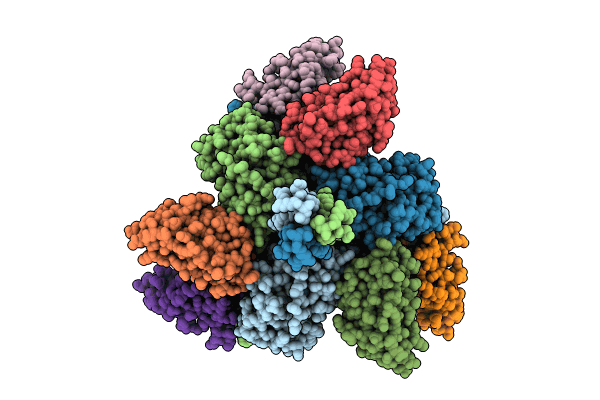
Deposition Date
2023-12-01
Release Date
2024-05-22
Last Version Date
2024-10-16
Entry Detail
PDB ID:
8V62
Keywords:
Title:
Structure of the Human Respirovirus 3 Fusion Protein Bound to Camelid Nanobodies 1D10 and 4C06
Biological Source:
Source Organism:
Human respirovirus 3 (Taxon ID: 11216)
Lama glama (Taxon ID: 9844)
Lama glama (Taxon ID: 9844)
Host Organism:
Method Details:
Experimental Method:
Resolution:
3.40 Å
Aggregation State:
PARTICLE
Reconstruction Method:
SINGLE PARTICLE


